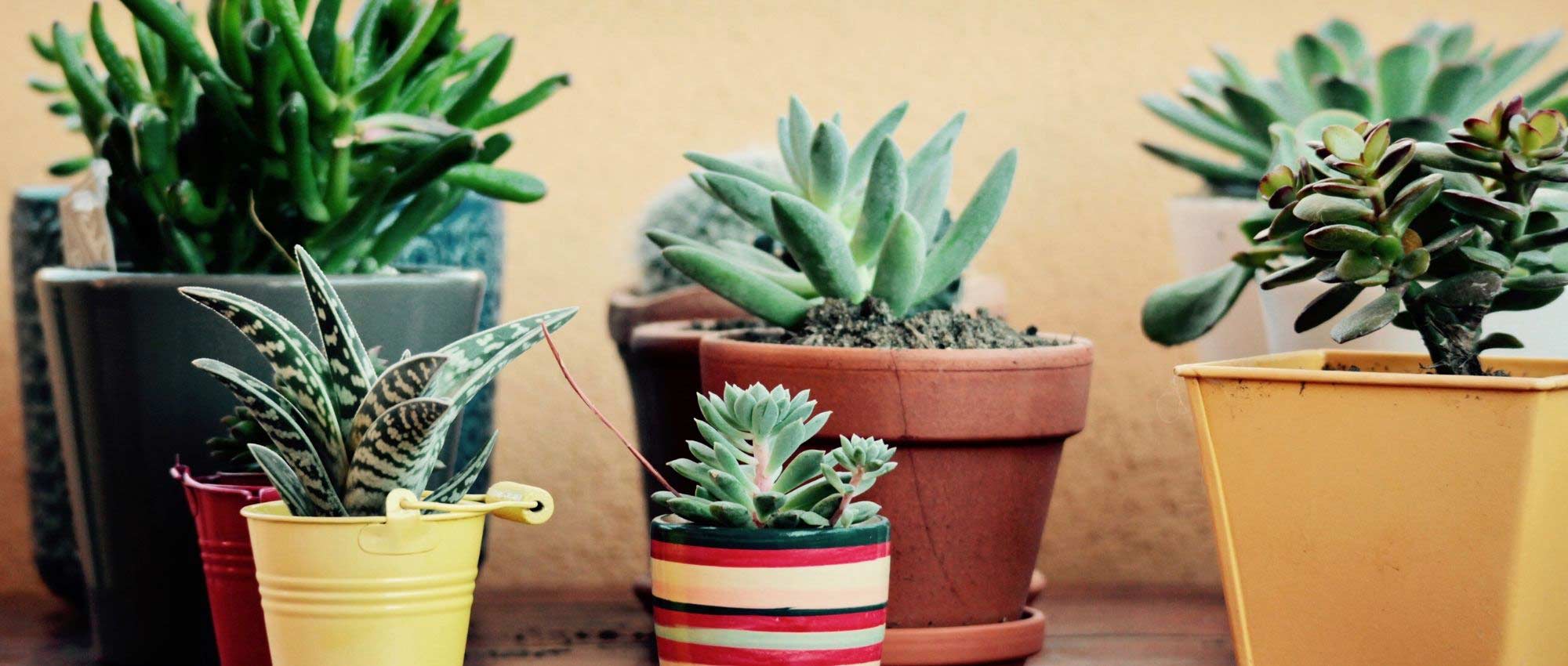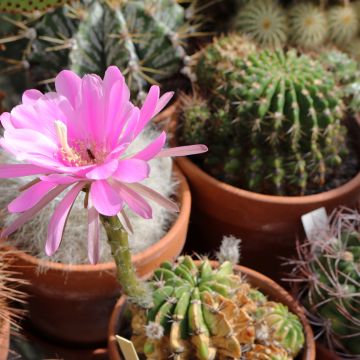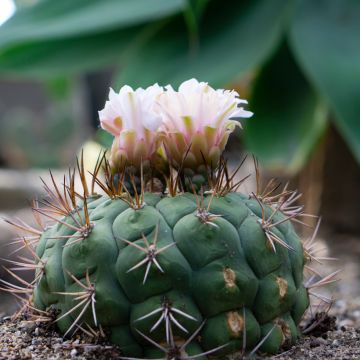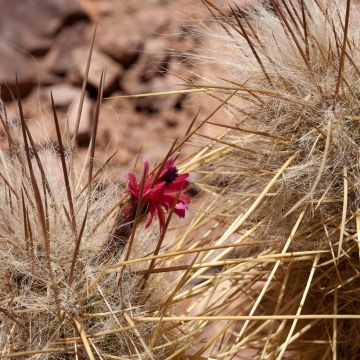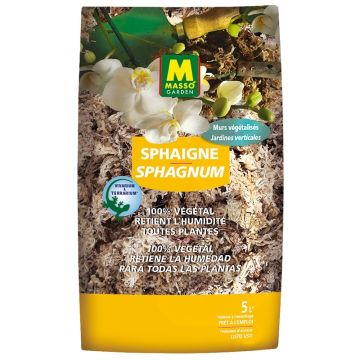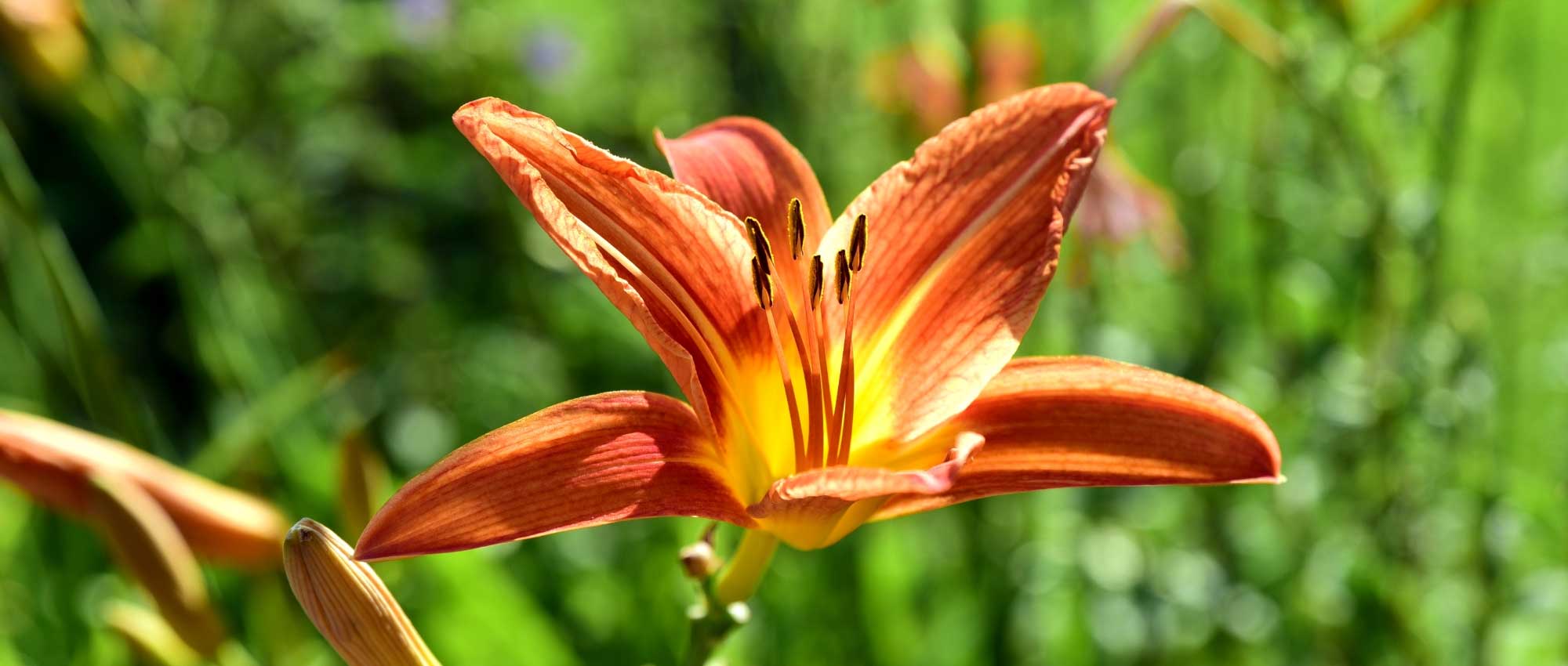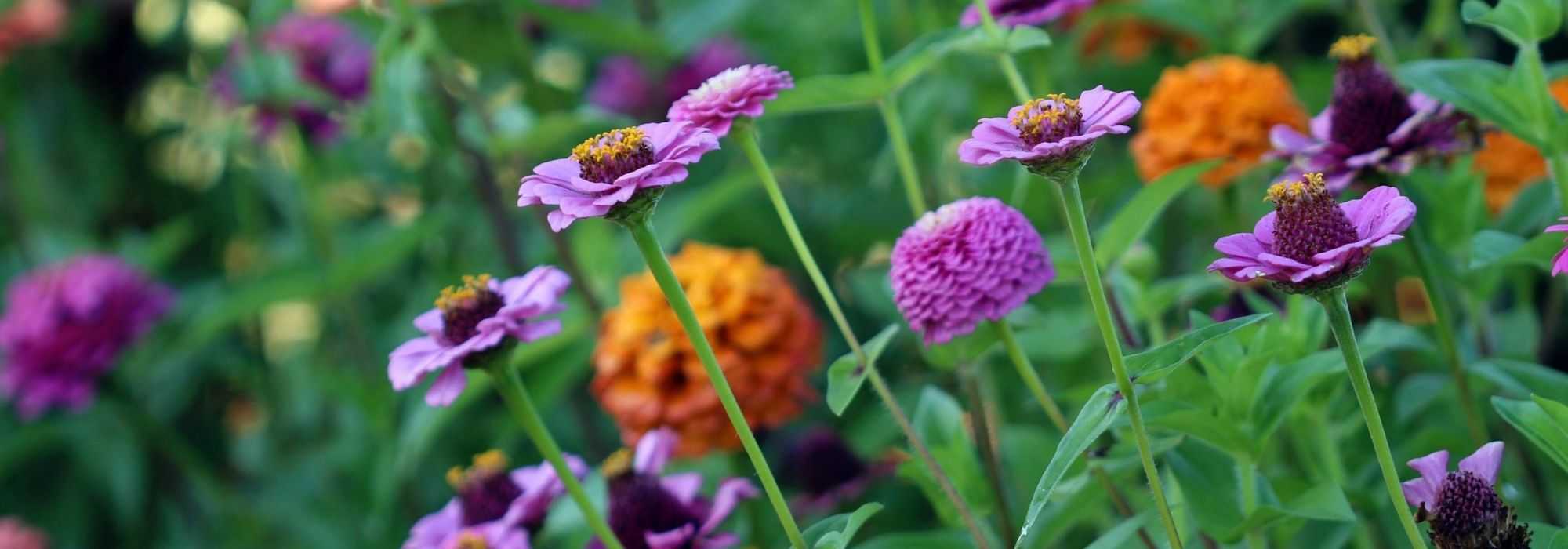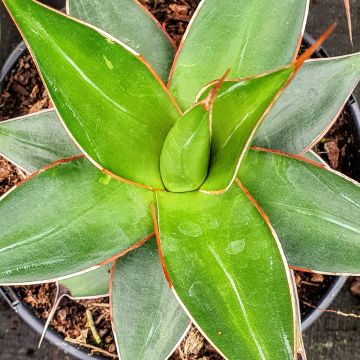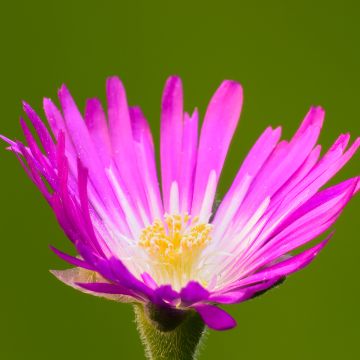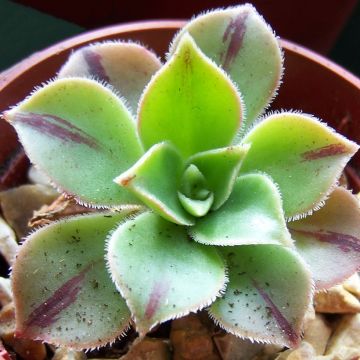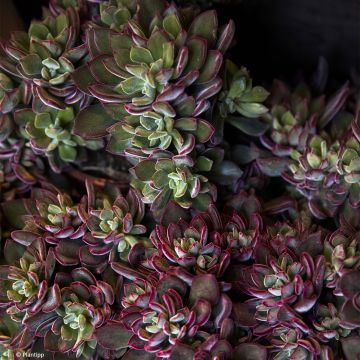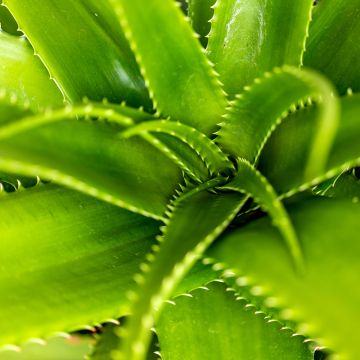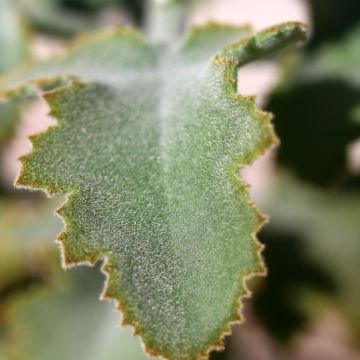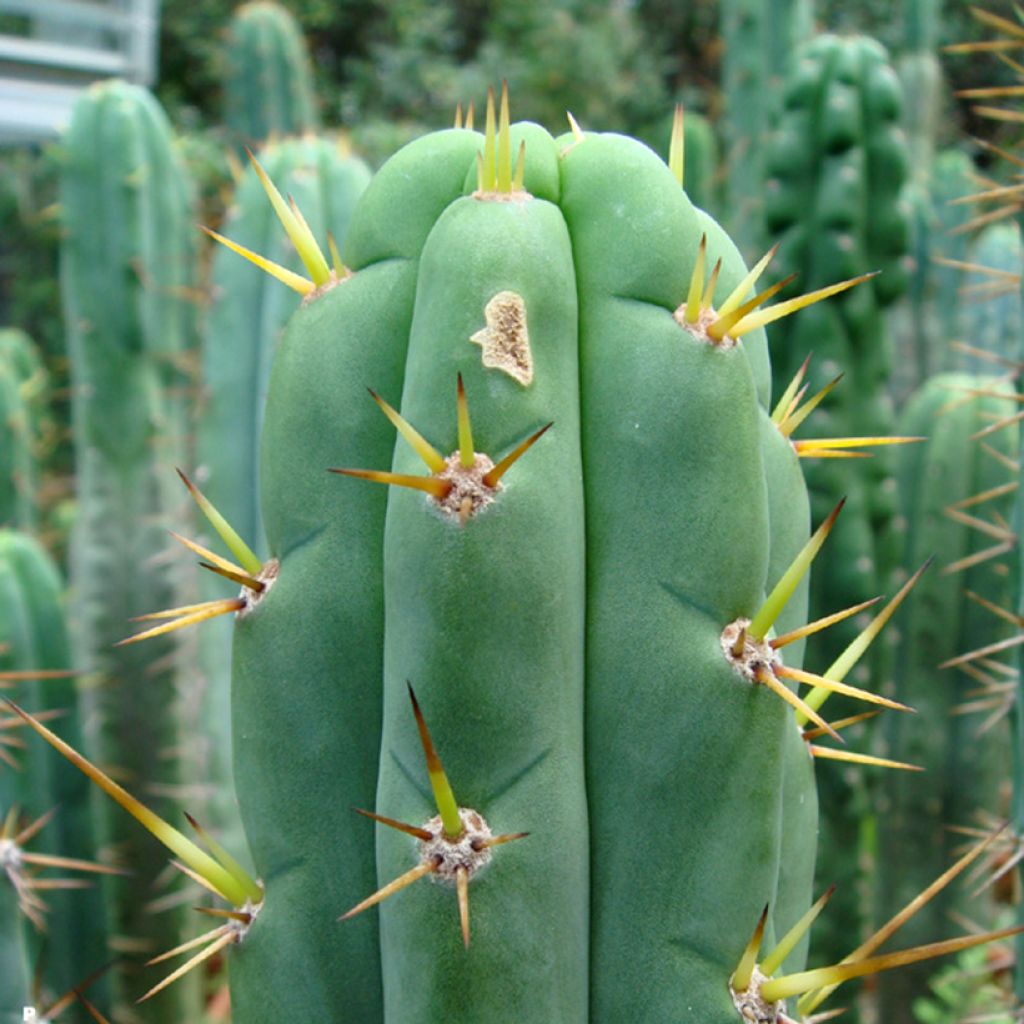

Trichocereus cuzcoensis - Cactus


Trichocereus cuzcoensis - Cactus
Trichocereus cuzcoensis - Cactus
Trichocereus cuzcoensis
Cactus
Special offer!
Receive a €20 voucher for any order over €90 (excluding delivery costs, credit notes, and plastic-free options)!
1- Add your favorite plants to your cart.
2- Once you have reached €90, confirm your order (you can even choose the delivery date!).
3- As soon as your order is shipped, you will receive an email containing your voucher code, valid for 3 months (90 days).
Your voucher is unique and can only be used once, for any order with a minimum value of €20, excluding delivery costs.
Can be combined with other current offers, non-divisible and non-refundable.
Home or relay delivery (depending on size and destination)
Schedule delivery date,
and select date in basket
This plant carries a 12 months recovery warranty
More information
We guarantee the quality of our plants for a full growing cycle, and will replace at our expense any plant that fails to recover under normal climatic and planting conditions.
Would this plant suit my garden?
Set up your Plantfit profile →
Description
In the highlands of Cuzco in Peru, not far from Machu Picchu, Trichocereus cuzcoensis is a tall columnar cactus that stands like a sentinel in the landscape, unfazed by wind and scorching sun. Its thick, columnar, dark green stems, marked with deep midribs and armed with long golden thorns, cluster tightly together. Capable of rapid growth in dry, sunny climates, this cactus gains stature and majesty year after year. It adapts well to outdoor cultivation in Mediterranean regions. In a large pot, it makes a striking architectural feature on a terrace or balcony. This majestic cactus adds structure to arid and exotic gardens while requiring minimal maintenance.
Trichocereus cuzcoensis, belonging to the Cactaceae family, is a robust columnar cactus from Peru. It is mainly found in desert or dry scrubland areas, at altitudes between 3,100 and 3,600 m. This species has a tree-like habit with numerous slightly spreading branches. The plant reaches a height of 5 to 6 m in its natural habitat. In cultivation, particularly in pots, its size is more modest, often limited to 2 or 3 m. The fleshy, cylindrical, green stems feature seven to eight low, rounded midribs. The areoles, spaced 1 to 1.5 cm apart, produce about twelve rigid and sturdy thorns, which can grow up to 7 cm long and have a characteristic swollen base. The fragrant, funnel-shaped, pure white flowers bloom both day and night. They measure between 12 and 14 cm in length. In the temperate climate of the northern hemisphere, the flowering period typically occurs in July-August. Pollination is carried out by nocturnal insects attracted by the flowers' fragrance. The fruits that result are globose, measuring approximately 5 cm in diameter and containing a sweet, edible pulp. The stems have a smooth surface with green skin, becoming slightly woody at the base in older specimens. The root system is fibrous and shallow, adapted to quickly absorb water from rare rainfall.
Trichocereus cuzcoensis has traditional uses in the Cuzco region, where locals prepare an infusion from its flowers, renowned for its medicinal properties.
Like a botanical pillar, Trichocereus cuzcoensis commands attention in dry gardens and large arid rockeries. Its vertical form pairs well with the more wavy silhouette of Yucca whipplei and the lush shapes of Agave ovatifolia. At its base, dense, colourful cushions of Delosperma will carpet the ground in summer. In pots, on a stone terrace, it harmonises perfectly with a Pachycereus pringlei and a few Kalanchoe thyrsiflora for a mix of forms, textures, and green-grey hues.
Trichocereus cuzcoensis - Cactus in pictures
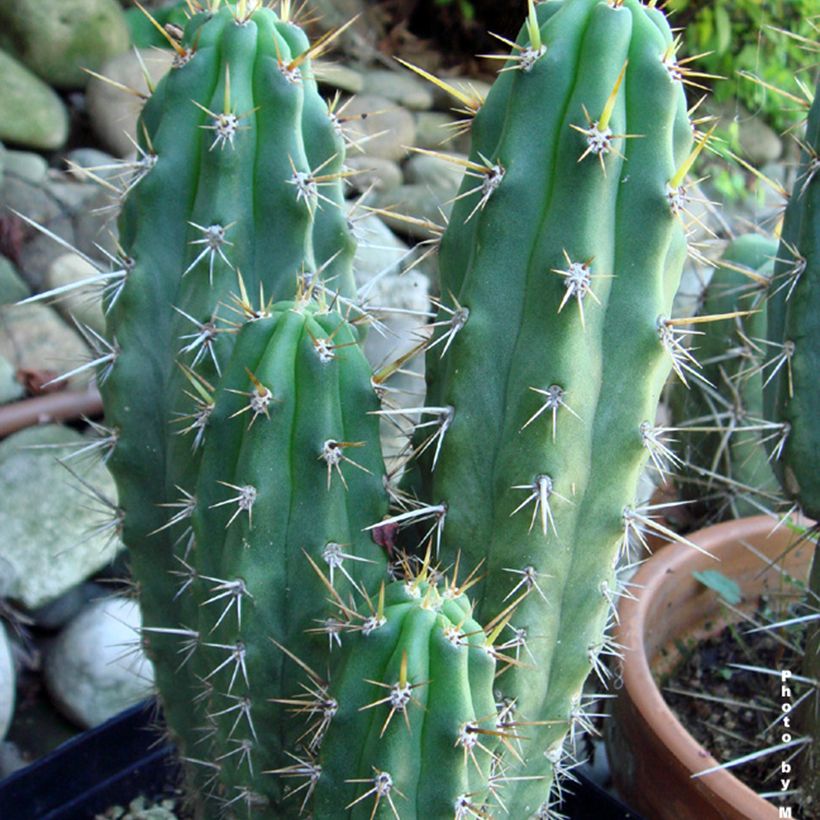

Flowering
Foliage
Plant habit
Botanical data
Trichocereus
cuzcoensis
Cactaceae
Cactus
Echinopsis cuzcoensis, Cereus cuzcoensis
South America
Other Trichocereus - Cactus
View all →Planting and care
Handle your columnar cactus with gloves and protective goggles!
To cultivate Trichocereus cuzcoensis, it is essential to provide conditions suited to its specific needs.
In the ground, choose a sunny spot with extremely well-drained soil, ideally rocky, very stony, or sandy. Plant in spring, between May and June, once the risk of frost has passed. Although this cactus can tolerate temperatures as low as -9°C for short periods, it is wise to protect it from winter rains. Several solutions exist for this:
A transparent polycarbonate roof or an inclined plexiglass sheet placed above the cactus diverts rain while allowing light to pass through. Ensure good ventilation to prevent condensation.
Create a raised bed: Planting the cactus on a mound of gravel or a highly draining substrate (a mix of sand, pumice, and poor-quality soil) prevents water stagnation around the roots.
Use a waterproof winter fleece: A specialised cactus protection fleece, slightly tilted, prevents water from pooling on the plant. It is important to remove it as soon as the weather turns dry to avoid trapped moisture.
Plant at the base of a south-facing wall: A wall provides natural protection against rain and cold while also radiating stored heat from the day.
In regions with wet and cold winters, container cultivation is essential. Choose a pot slightly larger than the root ball, with drainage holes to prevent waterlogging. Use a cactus-specific substrate, composed of light potting mix with coarse sand to ensure good root aeration. Potting is best done in April. Place the pot in a bright location, gradually acclimatising the plant to full sun to avoid scorching. Water moderately: during active growth, allow the substrate to dry out between waterings, and drastically reduce watering in winter to prevent rot. A diluted cactus fertiliser, applied monthly during the growing season, can promote balanced development. Repot the plant every two to three years, preferably in spring, to refresh the substrate and inspect the root system, removing any damaged parts if necessary.
Planting period
Intended location
Care
Planting & care advice
This item has not been reviewed yet - be the first to leave a review about it.
Similar products
Haven't found what you were looking for?
Hardiness is the lowest winter temperature a plant can endure without suffering serious damage or even dying. However, hardiness is affected by location (a sheltered area, such as a patio), protection (winter cover) and soil type (hardiness is improved by well-drained soil).

Photo Sharing Terms & Conditions
In order to encourage gardeners to interact and share their experiences, Promesse de fleurs offers various media enabling content to be uploaded onto its Site - in particular via the ‘Photo sharing’ module.
The User agrees to refrain from:
- Posting any content that is illegal, prejudicial, insulting, racist, inciteful to hatred, revisionist, contrary to public decency, that infringes on privacy or on the privacy rights of third parties, in particular the publicity rights of persons and goods, intellectual property rights, or the right to privacy.
- Submitting content on behalf of a third party;
- Impersonate the identity of a third party and/or publish any personal information about a third party;
In general, the User undertakes to refrain from any unethical behaviour.
All Content (in particular text, comments, files, images, photos, videos, creative works, etc.), which may be subject to property or intellectual property rights, image or other private rights, shall remain the property of the User, subject to the limited rights granted by the terms of the licence granted by Promesse de fleurs as stated below. Users are at liberty to publish or not to publish such Content on the Site, notably via the ‘Photo Sharing’ facility, and accept that this Content shall be made public and freely accessible, notably on the Internet.
Users further acknowledge, undertake to have ,and guarantee that they hold all necessary rights and permissions to publish such material on the Site, in particular with regard to the legislation in force pertaining to any privacy, property, intellectual property, image, or contractual rights, or rights of any other nature. By publishing such Content on the Site, Users acknowledge accepting full liability as publishers of the Content within the meaning of the law, and grant Promesse de fleurs, free of charge, an inclusive, worldwide licence for the said Content for the entire duration of its publication, including all reproduction, representation, up/downloading, displaying, performing, transmission, and storage rights.
Users also grant permission for their name to be linked to the Content and accept that this link may not always be made available.
By engaging in posting material, Users consent to their Content becoming automatically accessible on the Internet, in particular on other sites and/or blogs and/or web pages of the Promesse de fleurs site, including in particular social pages and the Promesse de fleurs catalogue.
Users may secure the removal of entrusted content free of charge by issuing a simple request via our contact form.
The flowering period indicated on our website applies to countries and regions located in USDA zone 8 (France, the United Kingdom, Ireland, the Netherlands, etc.)
It will vary according to where you live:
- In zones 9 to 10 (Italy, Spain, Greece, etc.), flowering will occur about 2 to 4 weeks earlier.
- In zones 6 to 7 (Germany, Poland, Slovenia, and lower mountainous regions), flowering will be delayed by 2 to 3 weeks.
- In zone 5 (Central Europe, Scandinavia), blooming will be delayed by 3 to 5 weeks.
In temperate climates, pruning of spring-flowering shrubs (forsythia, spireas, etc.) should be done just after flowering.
Pruning of summer-flowering shrubs (Indian Lilac, Perovskia, etc.) can be done in winter or spring.
In cold regions as well as with frost-sensitive plants, avoid pruning too early when severe frosts may still occur.
The planting period indicated on our website applies to countries and regions located in USDA zone 8 (France, United Kingdom, Ireland, Netherlands).
It will vary according to where you live:
- In Mediterranean zones (Marseille, Madrid, Milan, etc.), autumn and winter are the best planting periods.
- In continental zones (Strasbourg, Munich, Vienna, etc.), delay planting by 2 to 3 weeks in spring and bring it forward by 2 to 4 weeks in autumn.
- In mountainous regions (the Alps, Pyrenees, Carpathians, etc.), it is best to plant in late spring (May-June) or late summer (August-September).
The harvesting period indicated on our website applies to countries and regions in USDA zone 8 (France, England, Ireland, the Netherlands).
In colder areas (Scandinavia, Poland, Austria...) fruit and vegetable harvests are likely to be delayed by 3-4 weeks.
In warmer areas (Italy, Spain, Greece, etc.), harvesting will probably take place earlier, depending on weather conditions.
The sowing periods indicated on our website apply to countries and regions within USDA Zone 8 (France, UK, Ireland, Netherlands).
In colder areas (Scandinavia, Poland, Austria...), delay any outdoor sowing by 3-4 weeks, or sow under glass.
In warmer climes (Italy, Spain, Greece, etc.), bring outdoor sowing forward by a few weeks.






























